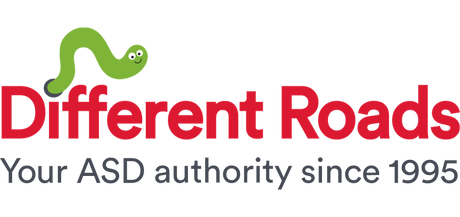Though I typically work with elementary-aged children, I’m consistently thinking about what skills the child needs in order to be independent and ready to transition out of the school setting as an adult. Sometimes, it may seem that it is too early to be thinking about adulthood when the child is only 8 or 9, but there are things we can, and should, be doing to prepare our students from an early age.
One of my favorite articles addressing this issue is a 2015 article from Teaching Exceptional Children by Papay, Unger, Williams-Diehm, and Mitchell. (The entire issue is about transition and is a fantastic read. You can view that issue here: https://journals.sagepub.com/toc/tcxa/47/6.) While the Individuals with Disabilities Education Act requires transition planning to begin at age 16, and some states require it to begin at age 14, if we want to provide more successful outcomes for individuals with special needs, we must begin thinking about the transition into adulthood at a younger age.
Papay et al., suggest focusing on self-determination. “Individuals who are self-determined have better knowledge of their own interests, strengths, and needs, and they carry out their own desires. Self-determined individuals make decisions, set goals, and carry out the necessary steps to ensure their goals are accomplished” (Papay, et al., p. 311, 2016). The authors then go on to suggest activities for incorporating self-determination at the elementary level, such as understanding grades, using responsibility charts, making choices, and problem solving. In the push to get students up to speed with academic skills, we may be leaving out these core skills that provide success in adulthood. And these skills, such as goal-setting and problem-solving are skills that typically developing children need years of practice to develop.
So, how do you get started? Here are a few suggestions:
- First, read the full article here: https://journals.sagepub.com/doi/pdf/10.1177/0040059915587901
- Call a meeting of the adults in the child’s life and the child to talk about appropriate goals around these specific skill sets.
- Write down the ways in which you can incorporate self-determination activities in your student’s daily life.
- Identify short-term outcomes you would like to see in relation to the activities you’ve identified.
- Share with your colleagues and other students what you are doing in relation to self-determination to help normalize this conversation on the elementary level.
In recent decades, we have come a long way in providing services for youth with special needs. At this point in time, it is becoming more and more clear that we need to be doing more for adults with special needs, but we can’t wait until the individual is well into their teenage years to begin thinking about it.
Papay, C., Unger, D. D., Williams-Diehm, K., & Mitchell, V. (2015). Begin With the End in Mind Infusing Transition Planning and Instruction Into Elementary Classrooms. Teaching Exceptional Children, 47(6), 310-318.
About The Author
Sam Blanco, PhD, LBA, BCBA is an ABA provider for students ages 3-15 in NYC. Working in education for sixteen years with students with Autism Spectrum Disorders and other developmental delays, Sam utilizes strategies for achieving a multitude of academic, behavior, and social goals. She is also an assistant professor in the ABA program at The Sage Colleges, and she is the Senior Clinical Strategist at Chorus Software Solutions.
